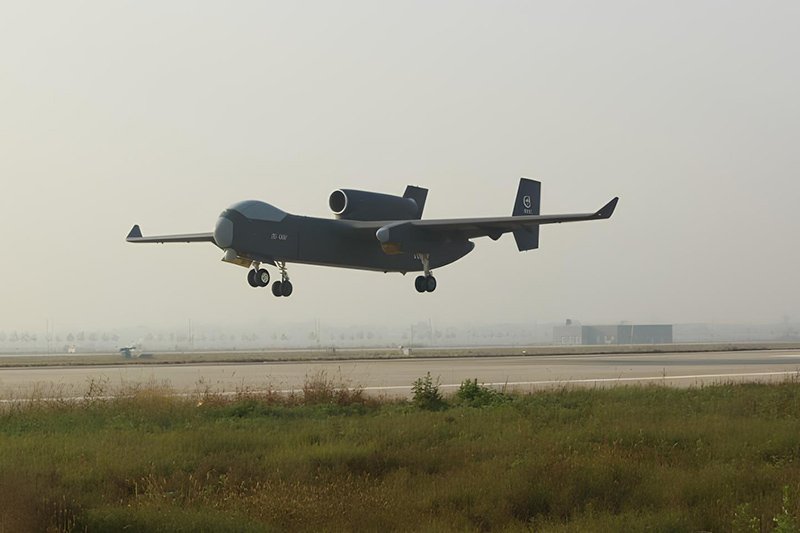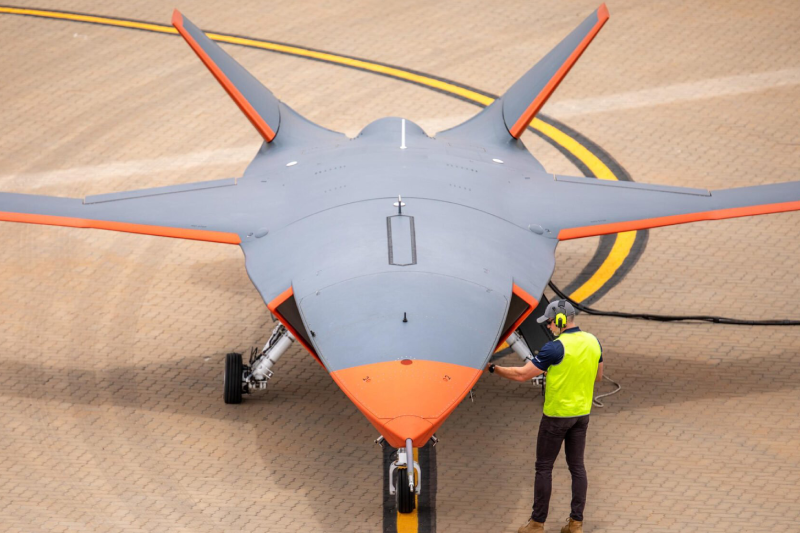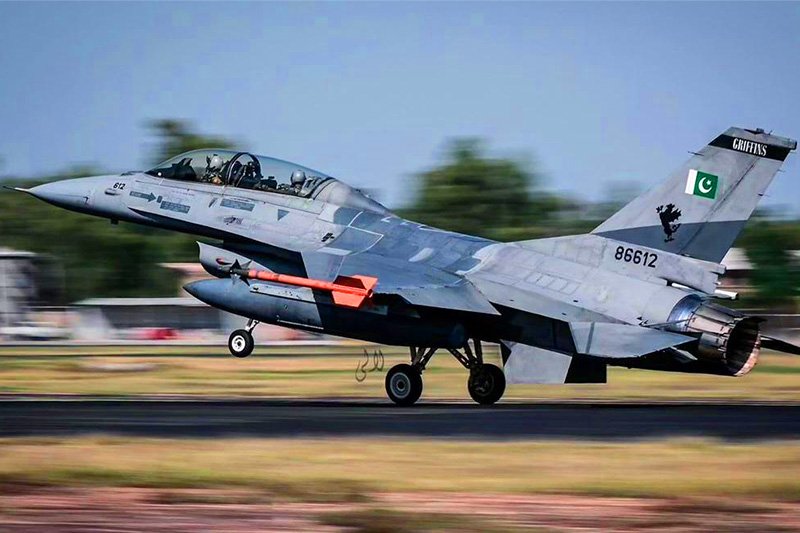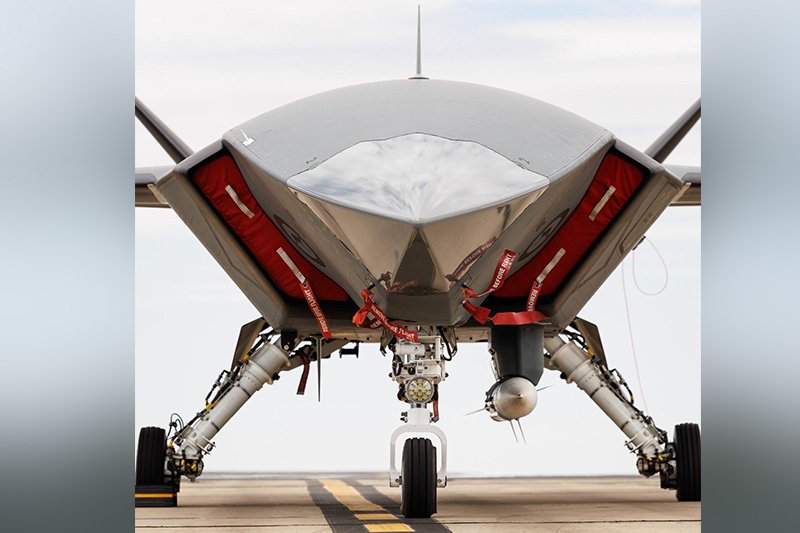China Deploys Advanced FK-3000 Anti-Drone Defense System
China has begun deploying the sophisticated FK-3000 anti-drone system as the People’s Liberation Army adapts to counter the growing menace of mass unmanned aircraft attacks in modern warfare. The revolutionary FK-3000 anti-drone system represents China’s comprehensive response to emerging drone swarm tactics that have proven devastatingly effective in recent conflicts worldwide. This advanced platform demonstrates China’s recognition that traditional air defense systems require specialized capabilities to address the unique challenges posed by low-cost, expendable unmanned aircraft operating in coordinated formations.
Multi-Layered Defense Architecture
The FK-3000 integrates multiple complementary weapon systems including a 30mm automatic cannon, surface-to-air missiles, and advanced fire-control equipment optimized for all-weather operations against diverse aerial threats. This multi-layered approach provides redundant engagement capabilities against varied target types, from small quadcopters to larger fixed-wing drones. The comprehensive defensive architecture ensures that the system can maintain effectiveness even when facing sophisticated attack profiles that might overwhelm single-weapon platforms.
Advanced Mobility Platform
Mounted on a robust three-axle, all-wheel-drive vehicle featuring an armored cab, the FK-3000 provides exceptional mobility and crew protection for rapid deployment to threatened areas. The mobile platform enables quick repositioning to respond to evolving threat situations while maintaining operational readiness across diverse terrain conditions. This mobility advantage allows commanders to establish flexible defensive perimeters that can adapt to changing tactical requirements and enemy attack patterns.
Impressive Range Capabilities
The system demonstrates remarkable versatility through its ability to neutralize aerial threats across a wide engagement envelope spanning from 300 to 12,000 meters, providing comprehensive coverage against both close-range and medium-range targets. This extensive range capability enables the FK-3000 to establish layered defensive zones that protect critical infrastructure and military units from diverse attack vectors. The broad engagement envelope ensures that threatening drones can be intercepted well before reaching their intended targets.
Modular Missile Configuration
Each FK-3000 system features two launch pods carrying 12 short-range missiles each, providing 24 ready-to-fire interceptors for immediate response to multiple simultaneous threats. The substantial missile loadout enables sustained defensive operations against persistent drone attacks while maintaining engagement capability throughout extended combat scenarios. The modular design also allows for different missile types including specialized micro-missiles optimized specifically for counter-drone missions against small, agile targets.
Strategic Response to Contemporary Warfare Lessons
China’s development of the FK-3000 reflects comprehensive analysis of recent conflicts where cheap but lethal drones have inflicted substantial damage on both military and civilian targets despite limited individual capabilities. The system’s design specifically addresses the tactical challenges posed by Iranian Shahed-style drones and similar low-cost platforms that have proven surprisingly effective in sustained campaigns. This strategic approach demonstrates China’s commitment to learning from contemporary combat experiences.
Critical Infrastructure Protection Priority
The FK-3000 is specifically intended for protecting critical infrastructure and frontline military positions that represent high-value targets for drone swarm attacks. This protective focus addresses the vulnerability of essential facilities including power plants, communication centers, and command facilities that could be disrupted through coordinated drone strikes. The system’s deployment strategy emphasizes preserving operational capabilities that are essential for sustained military and economic functions.
The FK-3000’s development occurs alongside accelerated counter-drone system development by Russia, Ukraine, and NATO members, reflecting worldwide recognition of this emerging threat category. This international competition has accelerated innovation in short-range air defense technologies specifically optimized for drone engagement scenarios. China’s FK-3000 deployment demonstrates the nation’s commitment to maintaining competitive advantages in this rapidly evolving technology domain.
Adaptive Design Ensures Future Relevance
The system’s modular architecture provides inherent adaptability for addressing future threat evolution through integration of new missile types and advanced sensor systems. Engineers emphasize the platform’s ability to accept upgraded fire-control systems and networked command capabilities that enhance coordination with broader defense networks. This forward-looking design philosophy ensures that the FK-3000 can remain effective against evolving drone technologies and tactics.
Traditional air defense systems designed for aircraft or cruise missile threats often struggle against dozens of simultaneously attacking small drones, a gap that the FK-3000 specifically addresses through specialized engagement algorithms. The system’s design enables rapid target acquisition and engagement of multiple small targets that might overwhelm conventional air defense radars and fire-control systems. This specialized capability represents a fundamental advancement in addressing swarm attack methodologies.
Also read this: China CH-7 Stealth Drone: Flying-Wing Design Under Testing
Strategic Implications for Regional Defense
The FK-3000’s deployment reflects China’s broader concern that adversaries could employ swarming tactics to overwhelm traditional defense systems through coordinated attacks using inexpensive but effective unmanned platforms. This defensive investment demonstrates recognition that modern warfare increasingly relies on asymmetric tactics that leverage technology multiplication rather than individual system sophistication. The strategic deployment indicates China’s commitment to maintaining defensive superiority against evolving threat methodologies.
China’s fielding of the FK-3000 anti-drone system represents a sophisticated response to the emerging challenge of mass drone warfare, providing comprehensive defensive capabilities that address the unique tactical and technical requirements of countering coordinated unmanned aircraft attacks in modern combat environments.
Keep connected with us at Facebook, Twitter, YouTube, Instagram & TikTok for latest defense happening around the globe.
Discover more from International Defence Analysis
Subscribe to get the latest posts sent to your email.












